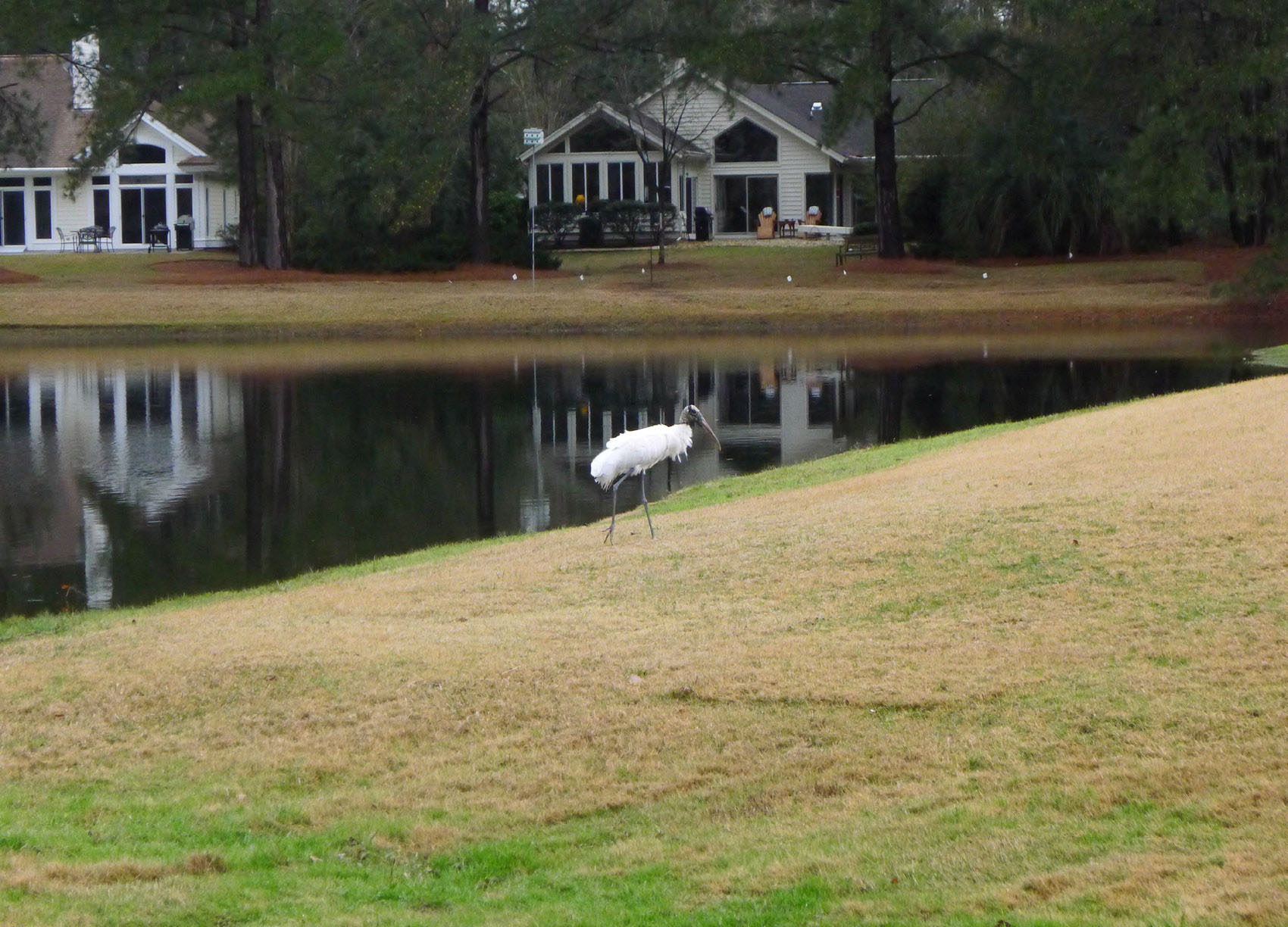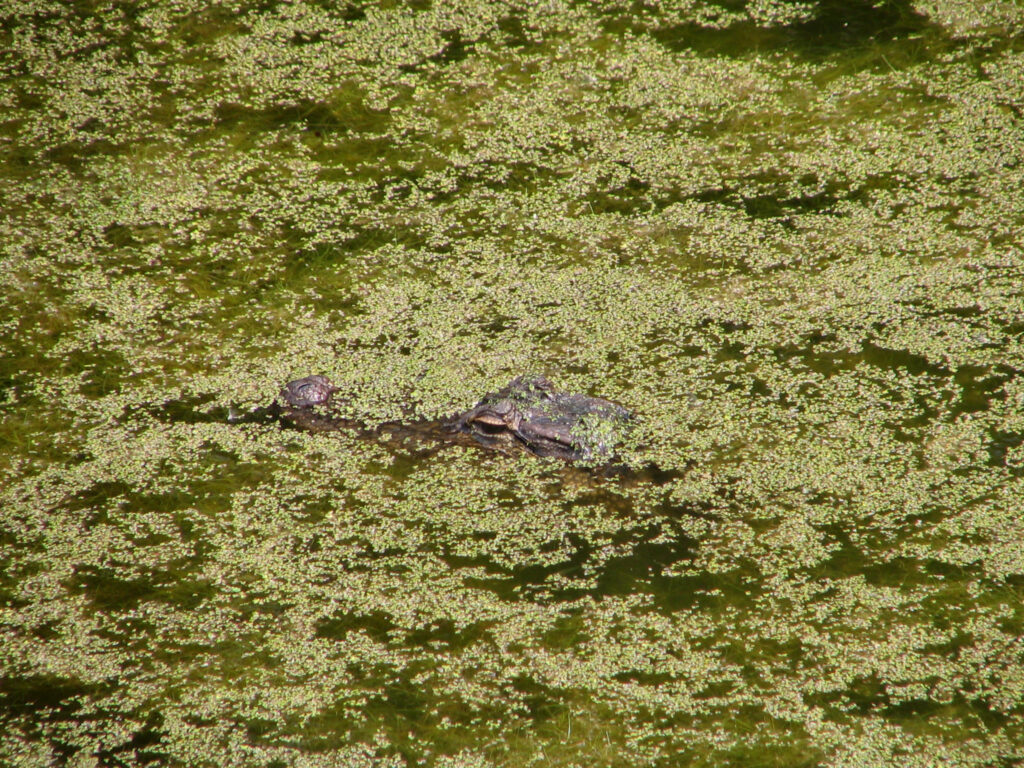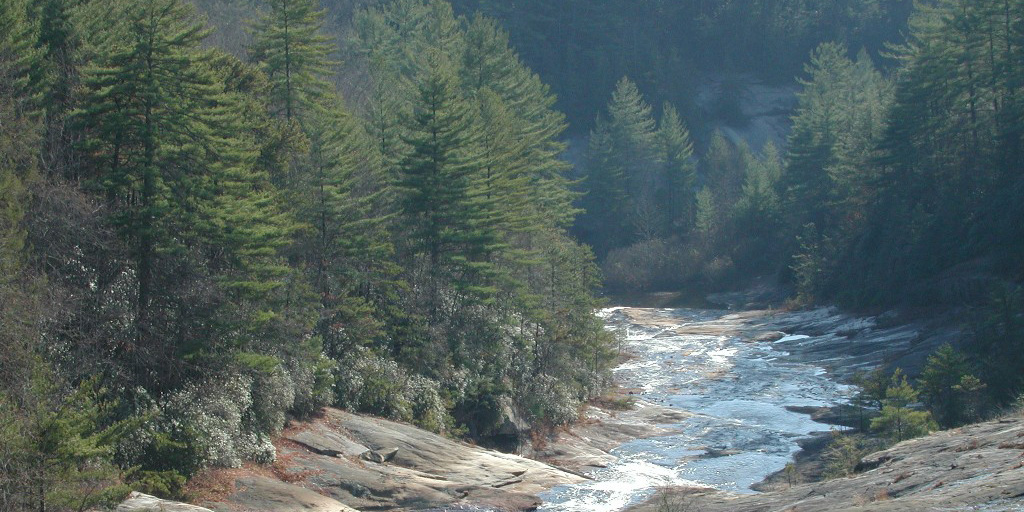This Federally Endangered Wood Stork was captured on camera by NALT Conservation Biologist, Peter Smith, during a Monitoring visit to the property. This long-legged bird was observed practicing his put and strut between holes 13 and 14 on Rose Hill golf course, upon which a Conservation Easement was donated.
 Overview: The Wood Stork is large and tall with a white bald head, prominent bill, and long legs. It is a wading bird, preferring to feed on gathered fish in isolated pools created by tides or freshwater levels, using a technique known as grope-feeding. The stork will probe the shallow water with its bill partially open, and when a fish touches its bill, it snaps shut with its incredibly fast reflexes. The stork requires more than 400 pounds of fish during breeding season when it nests with its young.
Overview: The Wood Stork is large and tall with a white bald head, prominent bill, and long legs. It is a wading bird, preferring to feed on gathered fish in isolated pools created by tides or freshwater levels, using a technique known as grope-feeding. The stork will probe the shallow water with its bill partially open, and when a fish touches its bill, it snaps shut with its incredibly fast reflexes. The stork requires more than 400 pounds of fish during breeding season when it nests with its young.
Habitat: The Wood Stork is found in the southeastern United States, and it is the only stork to breed in the US. Because they are birds of freshwater or estuarine wetlands, they primarily nest in cypress or mangrove swamps. They are attracted to feeding sites such as marshes or swamps with depressions, where fish are concentrated during periods of falling water levels. They build nests in the upper branches of large cypress trees or in mangroves on islands, and there are usually multiple nests found in one tree. They will also nest in man-made structures.
Threats & Management: The Wood Stork has experienced population declines due to the loss of nesting habitat,mostly in cypress swamps, resulting in their nesting in non-native trees. Prolonged drought and flooding, raccoon predation on nests, and human disturbance of rookeries have also resulted in a decline of nesting success. In order to ensure the survival of the Wood Stork in the US, its occupied nesting, roosting, and foraging habitat must be protected from further loss or degradation. In an effort to maintain foraging habitat, this can be as simple as allowing water levels to be controlled by southeastern climatic conditions. During the time of year when the wood storks are present, it is recommended that a wetland or pond be drained so as to lower the water levels and allow prey to be concentrated in smaller volumes of water for the wading bird.



